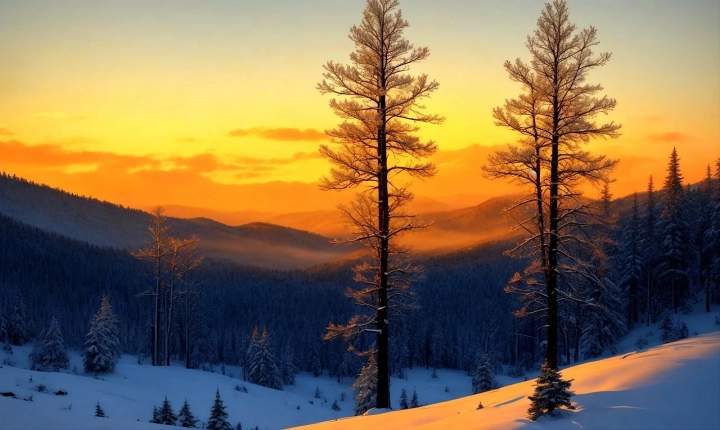Title: How to Generate AI Images: A Step-by-Step Guide
In recent years, the advancements in artificial intelligence (AI) have led to the development of innovative tools and technologies that allow individuals to generate realistic and high-quality images using AI algorithms. This accessibility has opened up exciting opportunities for artists, designers, and creators to explore new creative possibilities. If you’re interested in learning how to generate AI images, this step-by-step guide will walk you through the process and introduce you to some popular AI image generation tools.
Step 1: Familiarize yourself with AI image generation concepts
Before diving into AI image generation, it’s important to understand the basic concepts and techniques involved. AI image generation often relies on deep learning models, such as Generative Adversarial Networks (GANs) and Variational Autoencoders (VAEs), which are capable of generating realistic images based on learned patterns and features from existing data. Researching and learning about these concepts will provide you with a foundational understanding of the technology behind AI image generation.
Step 2: Choose an AI image generation tool
There are several user-friendly AI image generation tools available that cater to individuals with varying levels of technical expertise. One popular option is the use of online platforms like Runway ML, DeepArt, and Artbreeder, which offer intuitive interfaces and a wide range of customization options for generating AI images. These platforms often leverage pre-trained AI models, making it easier for users to generate images without a deep understanding of the underlying algorithms.
Step 3: Select your input data and customize settings
Once you’ve chosen an AI image generation tool, the next step is to select your input data and customize the settings to create a unique image. Some tools allow users to upload their own images as a starting point, while others provide predefined settings and parameters to influence the style, composition, and appearance of the generated images. Experimenting with different input data and settings can lead to a diverse range of outputs, giving you the flexibility to explore and fine-tune your creations.
Step 4: Refine and iterate the generated images
After the initial image generation process, it’s important to refine and iterate on the generated images to achieve the desired results. This may involve adjusting various parameters, applying filters, or combining multiple generated images to create a cohesive piece of artwork. By experimenting with different refining techniques, you can enhance the quality and artistic expression of your AI-generated images.
Step 5: Incorporate AI images into your creative projects
Once you’ve generated and refined your AI images, consider incorporating them into your creative projects. Whether you’re a digital artist, photographer, or designer, AI-generated images can serve as a source of inspiration or as components of larger artistic compositions. Exploring the integration of AI-generated images with traditional art forms can lead to innovative and thought-provoking creations.
As AI image generation continues to evolve, it’s essential to stay informed about the latest developments and emerging technologies in the field. By embracing the potential of AI image generation, individuals can expand their creative horizons and push the boundaries of traditional art and design.
In conclusion, the process of generating AI images involves understanding fundamental concepts, choosing the right tools, customizing settings, refining the generated images, and incorporating them into creative projects. With a blend of technical understanding and artistic exploration, individuals can harness the power of AI to create captivating and visually stunning images. Embracing AI image generation opens up new avenues for artistic expression and creativity, making it an exciting frontier for creators in diverse creative fields.
